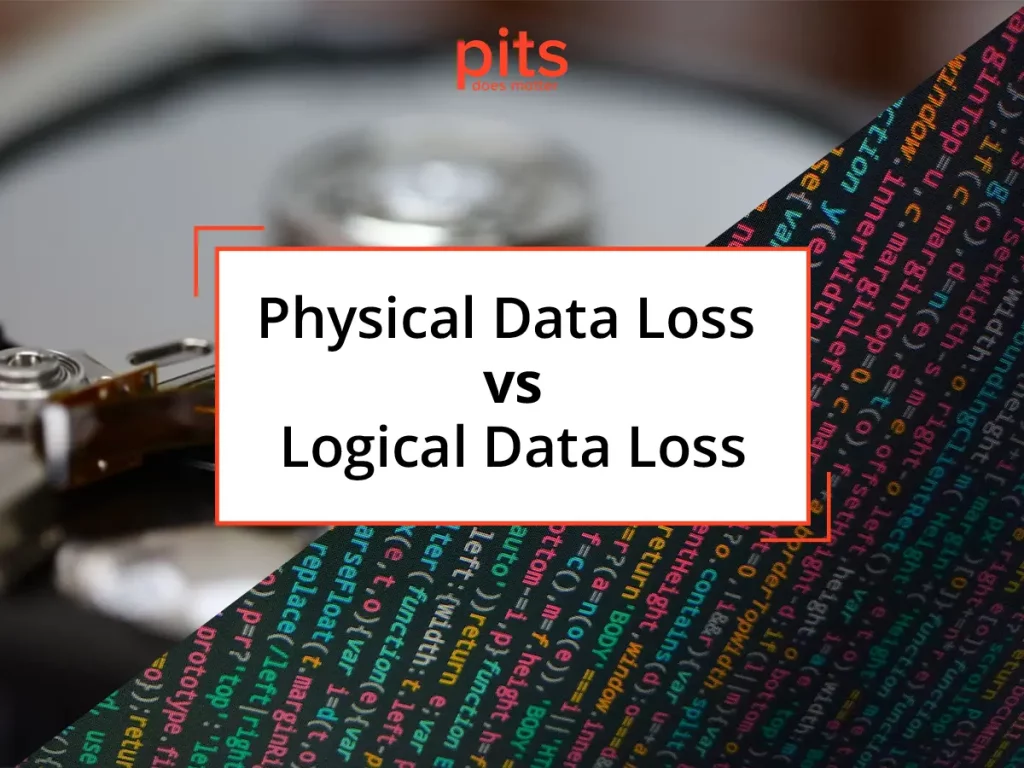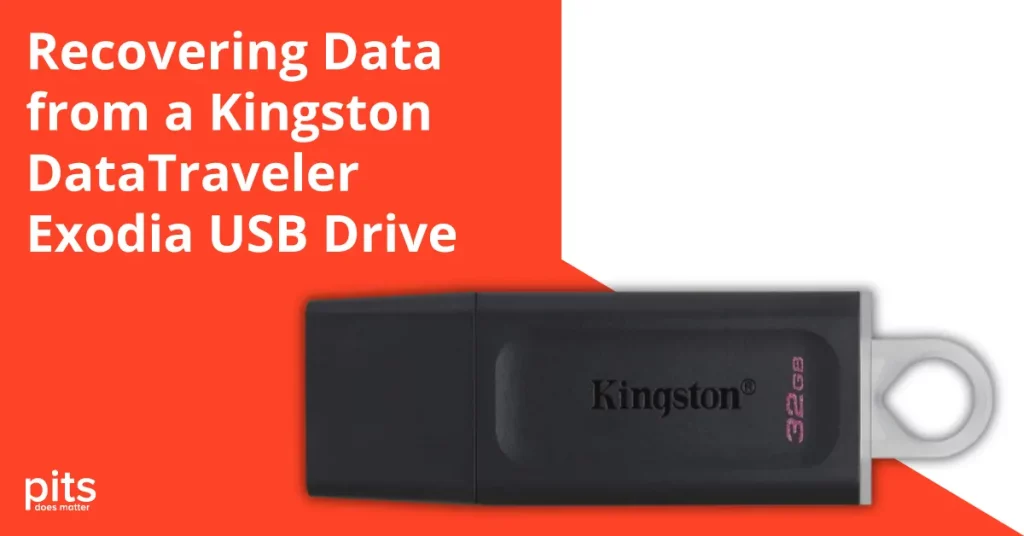Data loss can be a significant issue for individuals and businesses alike. Understanding the two main types of data loss—physical and logical—is crucial for effective data recovery and prevention strategies. This blog post will explore these types of data loss, their causes, and potential recovery solutions.
What is Physical Data Loss?
Physical data loss occurs when the storage medium itself is damaged or compromised, making it impossible to access the data stored on it. This type of data loss can be caused by various factors, including:
Causes of Physical Data Loss
-
Hardware Failures: Hard drives, SSDs, and other storage devices can fail due to mechanical issues, manufacturing defects, or age-related wear.
-
Environmental Factors: Exposure to extreme temperatures, humidity, or magnetic fields can physically damage storage devices.
-
Accidental Damage: Dropping a laptop, spilling liquids, or other accidents can lead to physical harm to the drive.
-
Natural Disasters: Floods, fires, or other catastrophic events can destroy physical storage media.
Recovery Solutions for Physical Data Loss
Recovering data from physically damaged devices often requires specialized tools and expertise. Here are some recovery options:
-
Professional Data Recovery Services: If the data is crucial, seek help from professionals who specialize in physical data recovery. They have the equipment and knowledge to recover data from damaged drives safely.
-
DIY Recovery Tools: For less critical data, some software tools can attempt recovery from damaged drives, but caution is advised as improper use may worsen the damage.
What is Logical Data Loss?
Logical data loss refers to data that is no longer accessible due to software issues, file system corruption, or accidental deletion. The physical storage medium remains intact, but the data is not accessible through normal means. Common causes include:
Causes of Logical Data Loss
-
Accidental Deletion: Users may unintentionally delete files or format the storage device.
-
File System Corruption: Issues with the operating system or improper shutdowns can corrupt the file system, making data inaccessible.
-
Virus or Malware Attacks: Malicious software can alter or delete files, leading to data loss.
-
Software Failures: Bugs in applications or operating systems can cause data to become corrupted or lost.
Recovery Solutions for Logical Data Loss
Recovering logically lost data is generally more straightforward than recovering physically lost data. Here are some recovery strategies:
-
Data Recovery Software: Various software solutions can help recover deleted or corrupted files. Some popular options include:
- Recuva
- EaseUS Data Recovery Wizard
- Stellar Data Recovery
-
File System Repair Tools: Operating systems often come with built-in tools to repair file systems. For example, Windows users can run CHKDSK to fix logical errors.
Conclusion
Understanding the differences between physical and logical data loss is essential for implementing effective data recovery and prevention strategies. While physical data loss often requires professional intervention, logical data loss can often be addressed with the right software tools.


